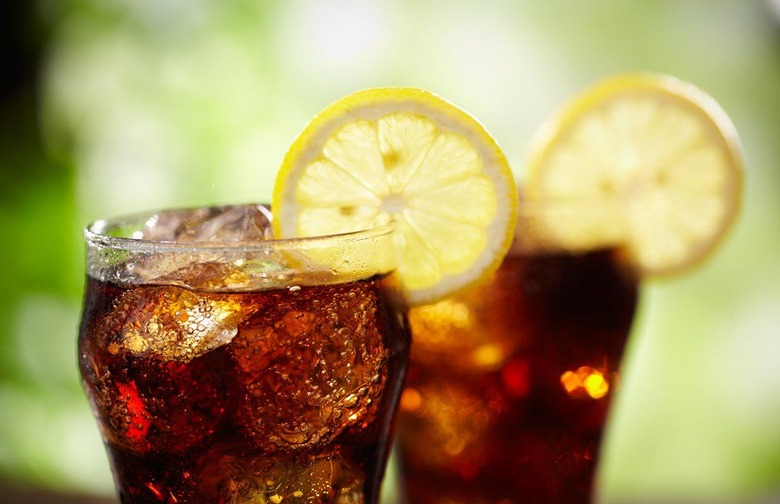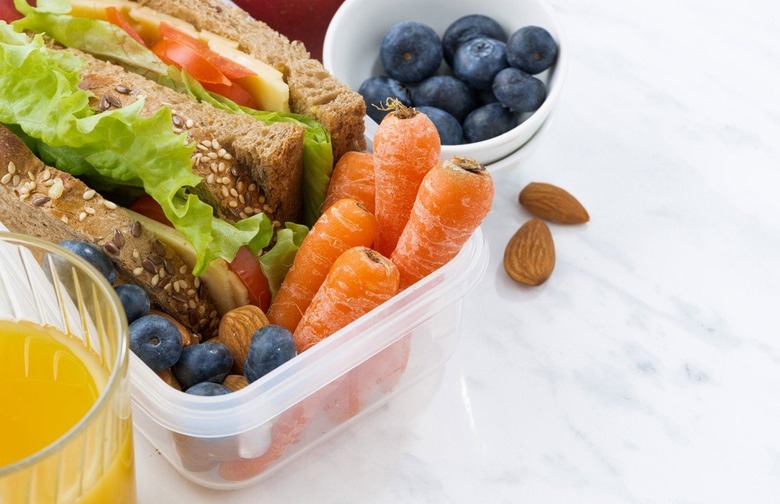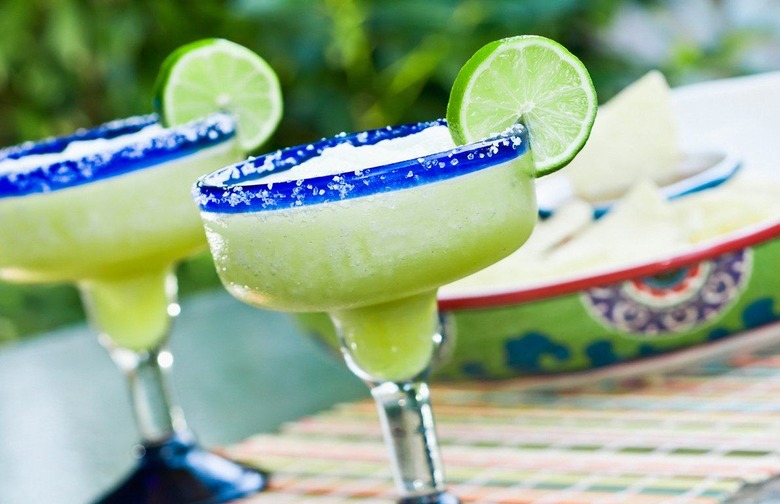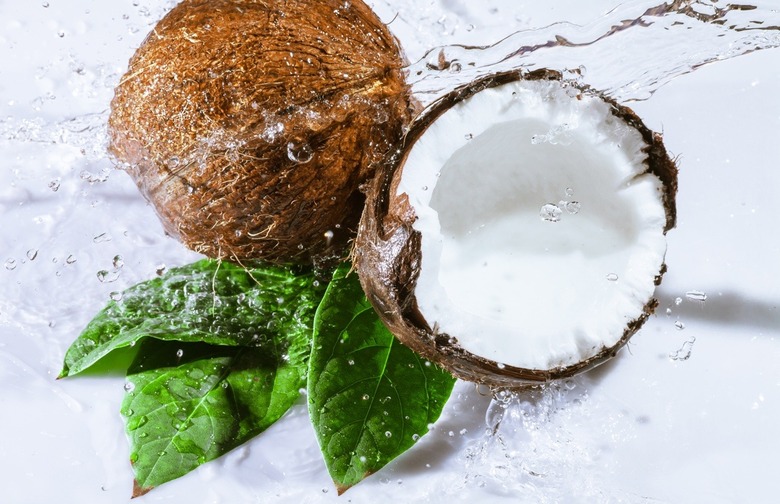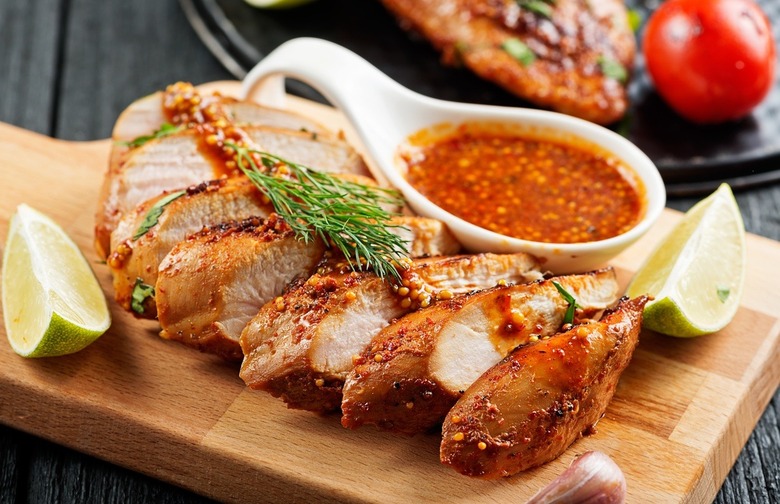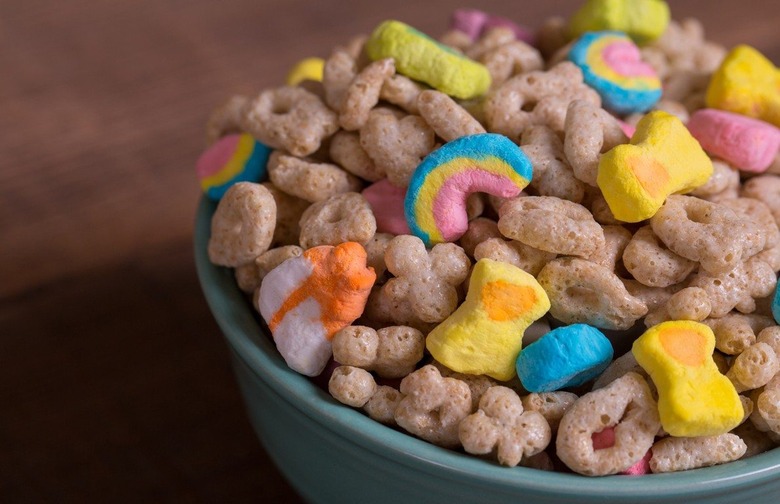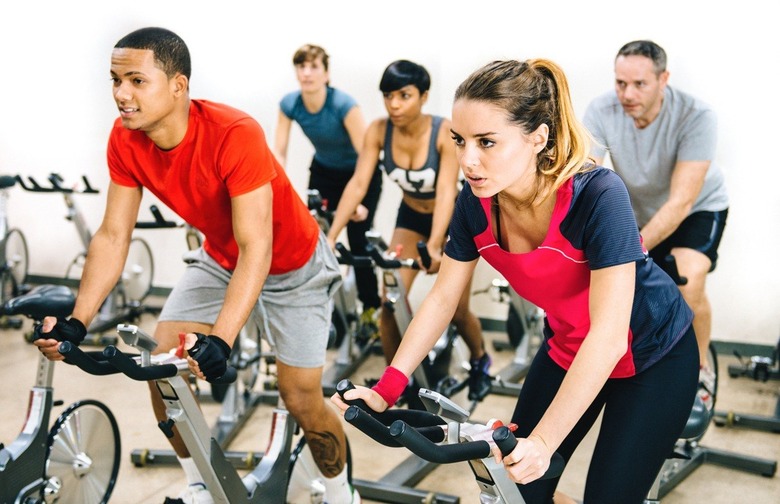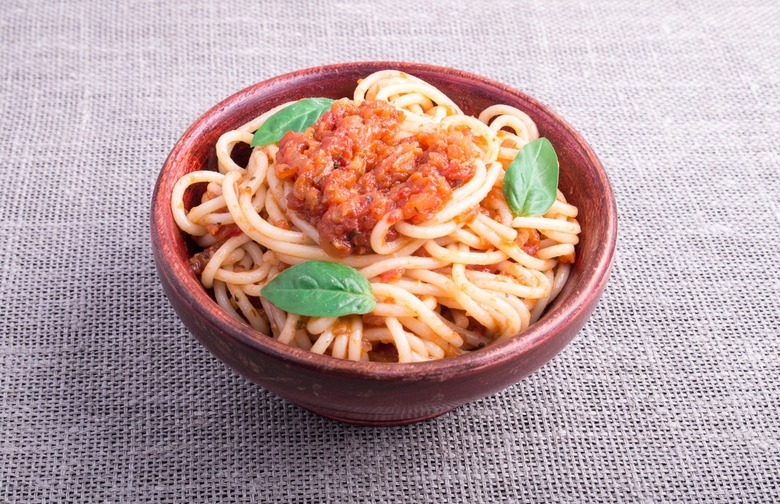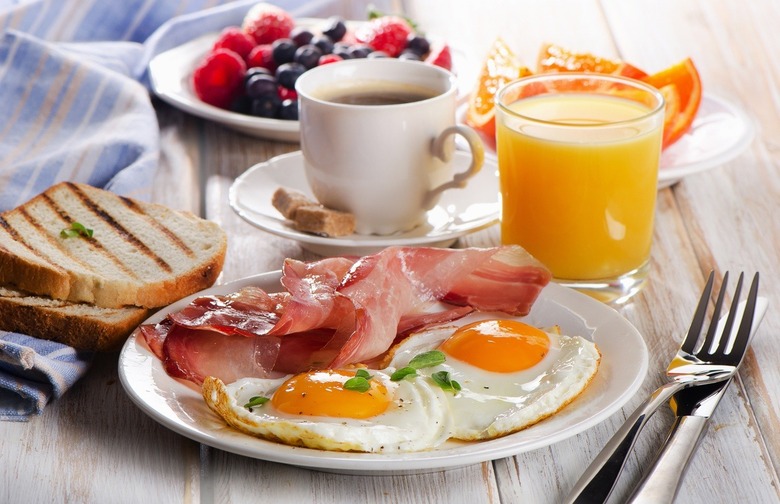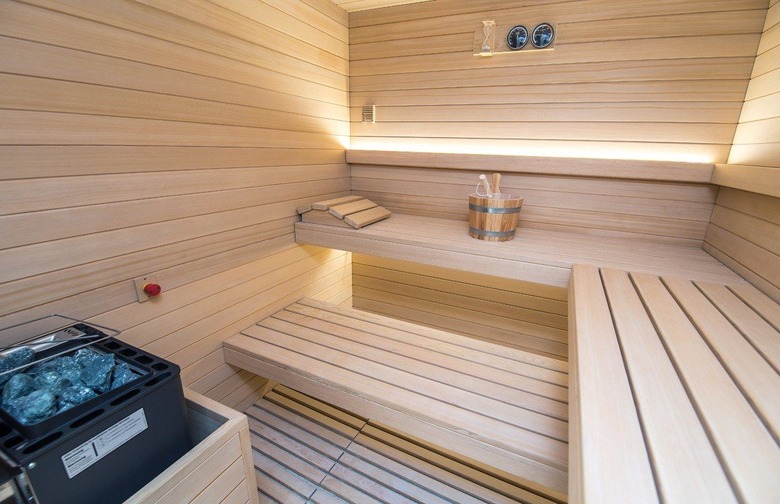Getting That Beach Body Takes Time — Here's How To Start Now Slideshow
Rarely do you hear absolute consensus within the nutritional world, but it's unanimous that drinking fruit juice, soda, and other sugar-sweetened beverages will hinder your weight loss goals. In the United States, consumption of these drinks has risen in tandem with obesity rates, and a systematic review incorporating the findings of several large cross-sectional investigations concluded that consumption of sugar-sweetened beverages should largely be discouraged, especially in children and adolescents.
Bring a Well-Balanced Lunch to Work
During your lunch break, work stress may influence your food choices, which might steer you toward to a comforting slice of pizza or greasy hamburger instead of a clean grain bowl or salad. Packing a lunch is a sure way to control portion size and limit your calories. If you're already bringing lunch to work it helps to throw in a couple healthy snacks like almonds, hummus, or sliced bell peppers for when you get those mid-day hunger cravings.
Cut Out (Most) Alcohol
After a long day, a stiff cocktail or refreshing drink is more than appropriate, but if you're committed to achieving your ideal body, you may have to avoid the bar. Alcohol pauses your metabolism and shoves away other calories, causing anything you've recently eaten to be stored as fat, notes Pamela Peeke, M.D., author of The Hunger Fix. Research shows that this metabolic slow-down has been found to target belly fat, which leads to the classic beer belly. But don't fret; a nightly libation is still totally acceptable — in moderation. When selecting an alcoholic beverage, make sure it's something simple and preferably absent a miniature umbrella.
Drop Water Weight
Dropping water weight is a reliable way to quickly to shrink that waistline. Water exists around the tissue between your cells, and a diet rich in carbohydrates and sodium leads to extra water retention. Every gram of carbohydrates requires three to four grams of water to process and store it. The best ways to reduce retention are to cut back on salt, drink coconut water (it helps flush sodium from the body), and take dandelion extract to increase urination frequency. It also helps to switch to a low-carb diet.
Eat More Lean Proteins
We all love bacon, burgers, and porterhouse steaks, but these fattier cuts of meat are less likely to help you meet weight loss goals. Lean proteins such as turkey, chicken breast, salmon, tofu, and eggs are important for building muscle, but they will also keep you satiated and satisfied for longer.
Eliminate Processed Foods
Most processed foods have been stripped of their nutrients and fiber in order to lengthen their shelf life and improve their taste, but there's almost no way to quickly lose weight with processed foods in your diet. Foods like white bread, white rice, pastries, or potato chips cause blood sugar levels to rise, triggering an accelerated production of the hormone insulin. Too much insulin in the bloodstream signals the body to store fat — not ideal for weight loss.
Incorporate Weekly Cardiovascular Exercise and Weight Training
During the work week it's easy to fall into an overly sedentary routine, but sitting all day may actually be killing you. However, getting 150 minutes of cardiovascular exercise a week can reverse some of these effects of sitting all-day, with some studies arguing that exercise is even more important to weight loss than total caloric intake. An hour of walking burns around 400 calories and a jog 600, but aerobic exercise is not necessarily the most effective way to lose weight. Weight training can actually accelerate weight loss by boosting the metabolism for as much as 36 hours after a workout. Don't have time to go to the gym every day? Try these workouts that you can do in your kitchen while you cook.
Meet With a Nutritionist
Losing weight seems straightforward — you exercise, cut out some calories, eat a greater proportion of fruits and vegetables — but before making any dramatic changes, it's beneficial to consult a doctor, dietitian, or nutritionist. These health professionals can develop a meal plan that will fit your weight loss goals, diet constraints, and food preferences.
Shrink Your Plates
A key to weight loss is simply eating less, but managing portion sizes is difficult when faced with a dinner table full of enticing foods. Using smaller plates and utensils is an effective strategy in limiting how much food is consumed. An experiment out of Cornell University showed that when diners switched from 12-inch plates to 10-inch plates, there was a 22-percent reduction in calories consumed.
Upsize Breakfast and Downsize Dinner
New research shows that losing weight isn't about how many calories you eat, but rather when you eat them. The study concluded that eating a larger percentage of calories before lunch time is more conducive to dropping pounds as opposed to eating those calories in the evening. If you want to curb your cravings, eat a big breakfast.
Use the Sauna
The intense temperature of the sauna is calming, but it will also help melt away flab. Sweating and overheating the body accelerates the heart rate, increases circulation, and helps shed excess salt and water weight. Sweating off the pounds is a real phenomenon, making this the most calming weight loss method. Start off with the sauna once or twice a week for 15 to 20 minutes, and try to work up to a 30-minute session, which can burn between 150 and 300 calories.
